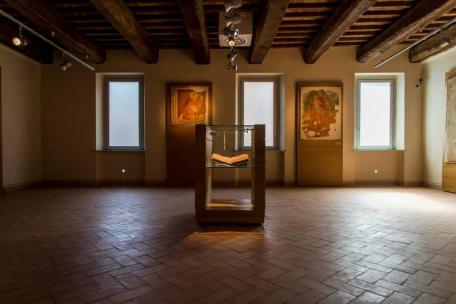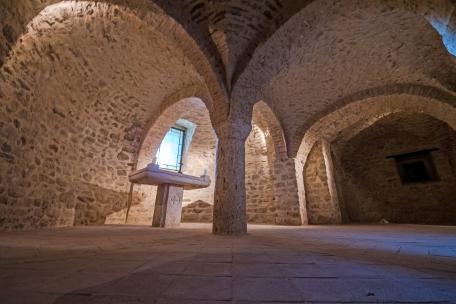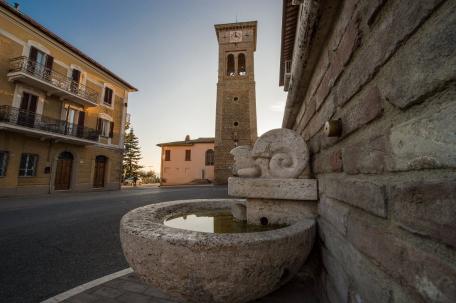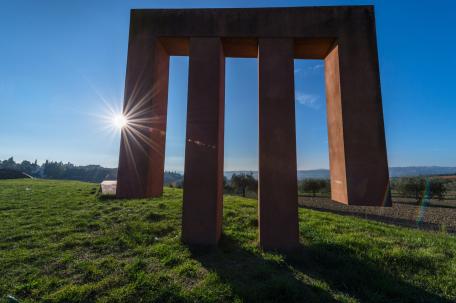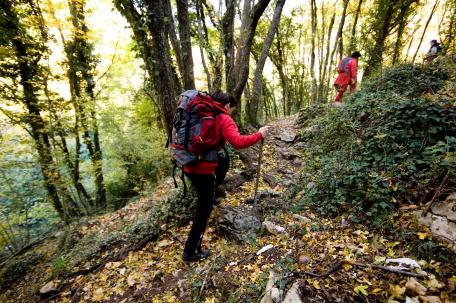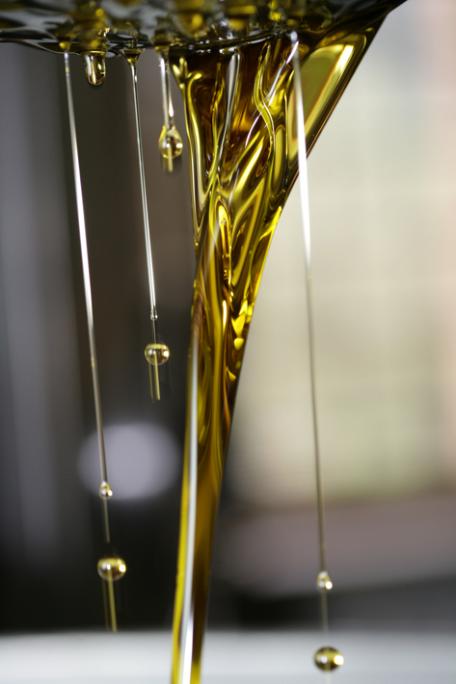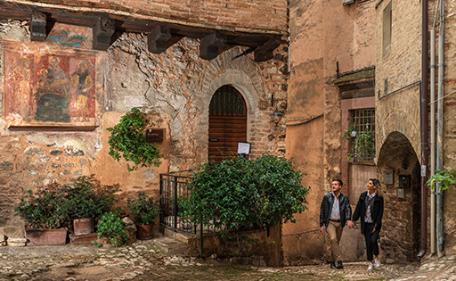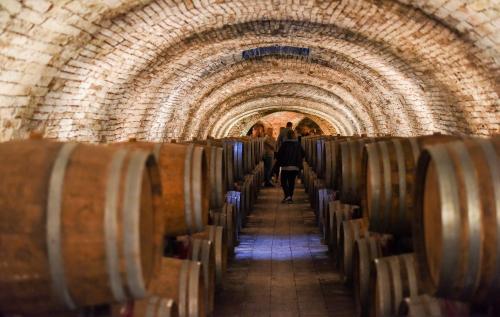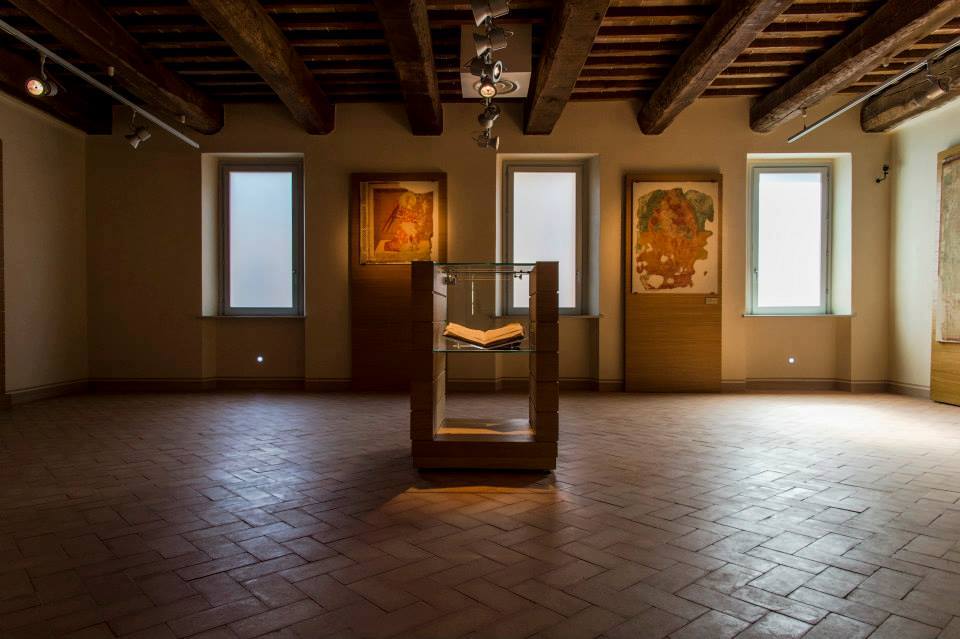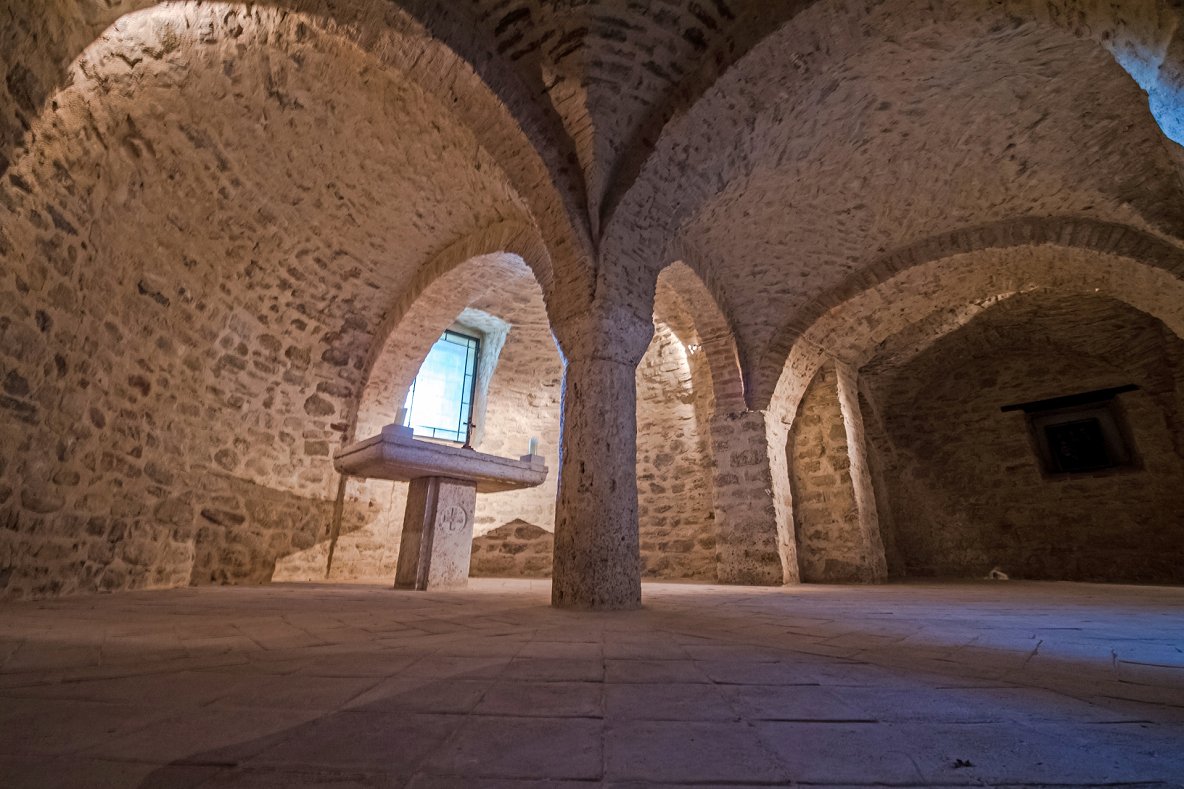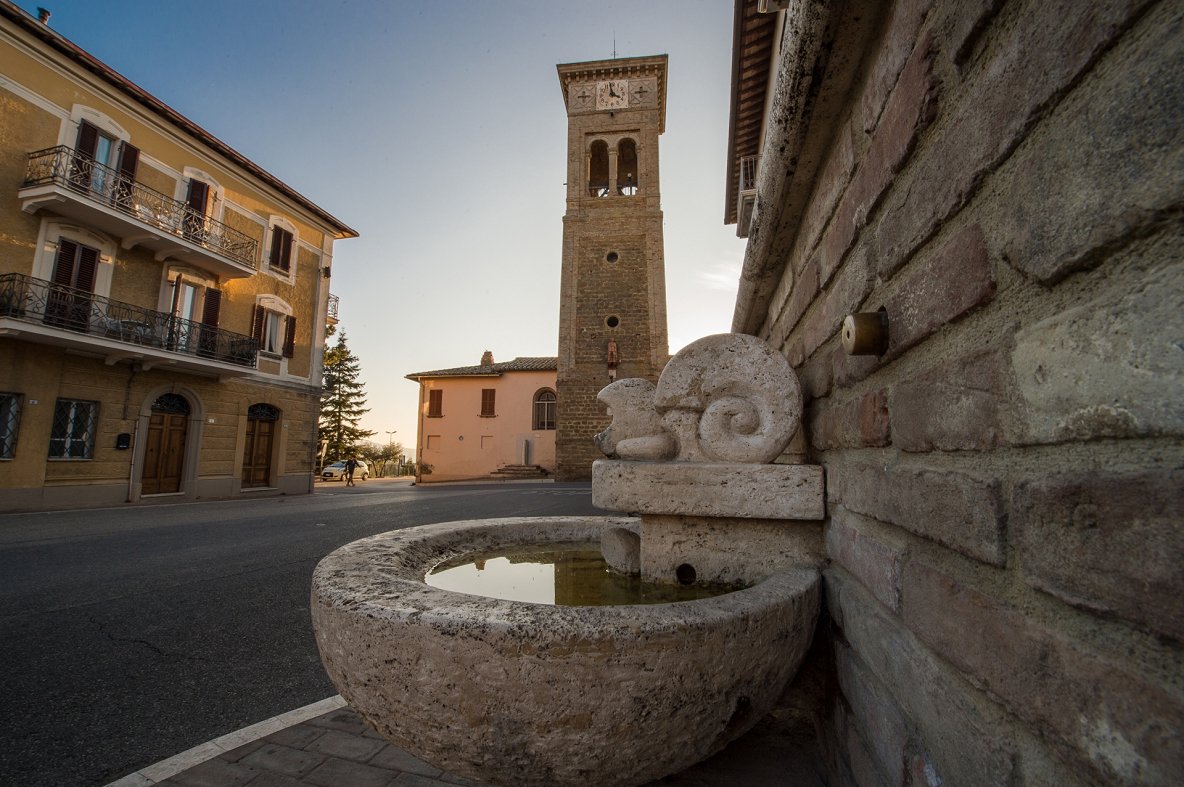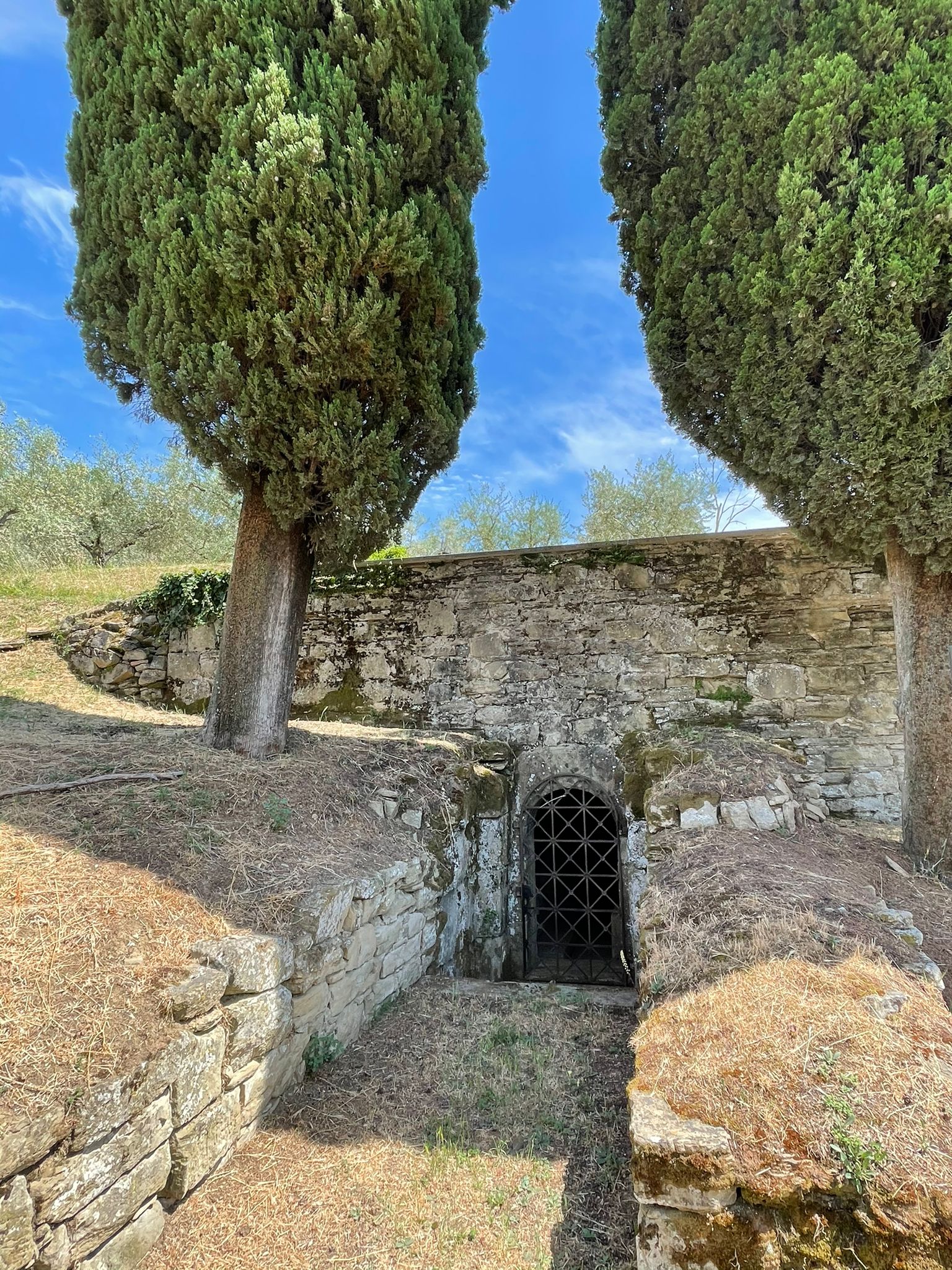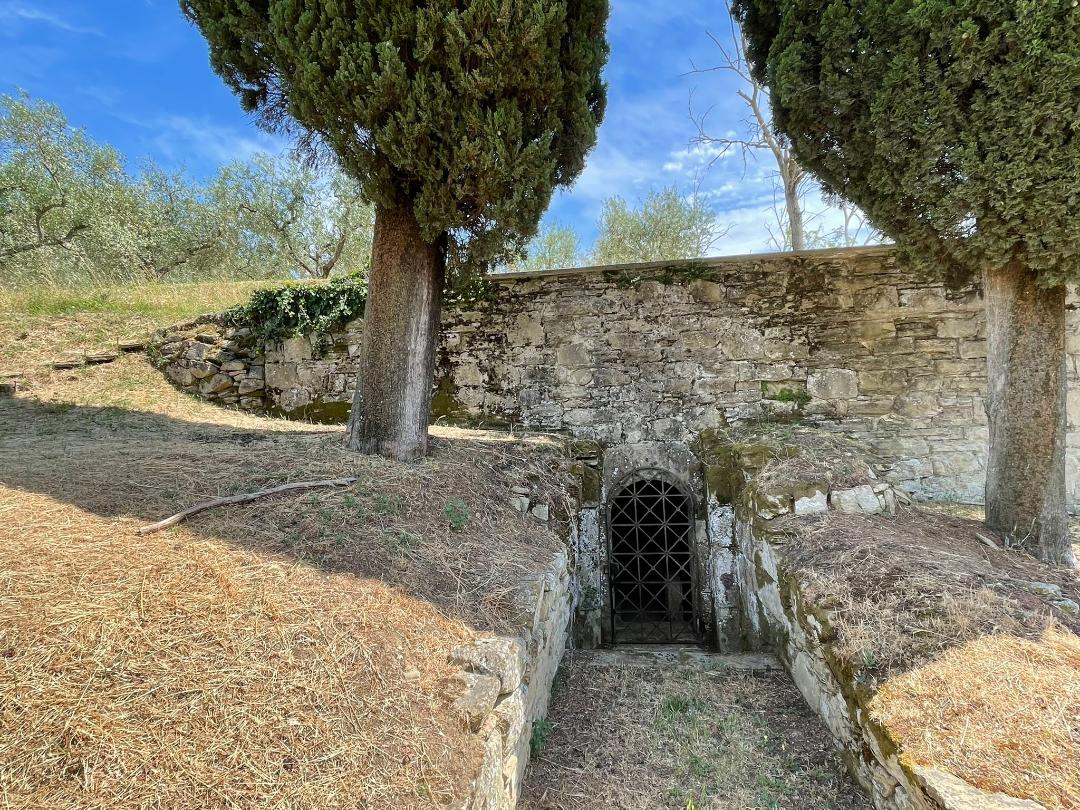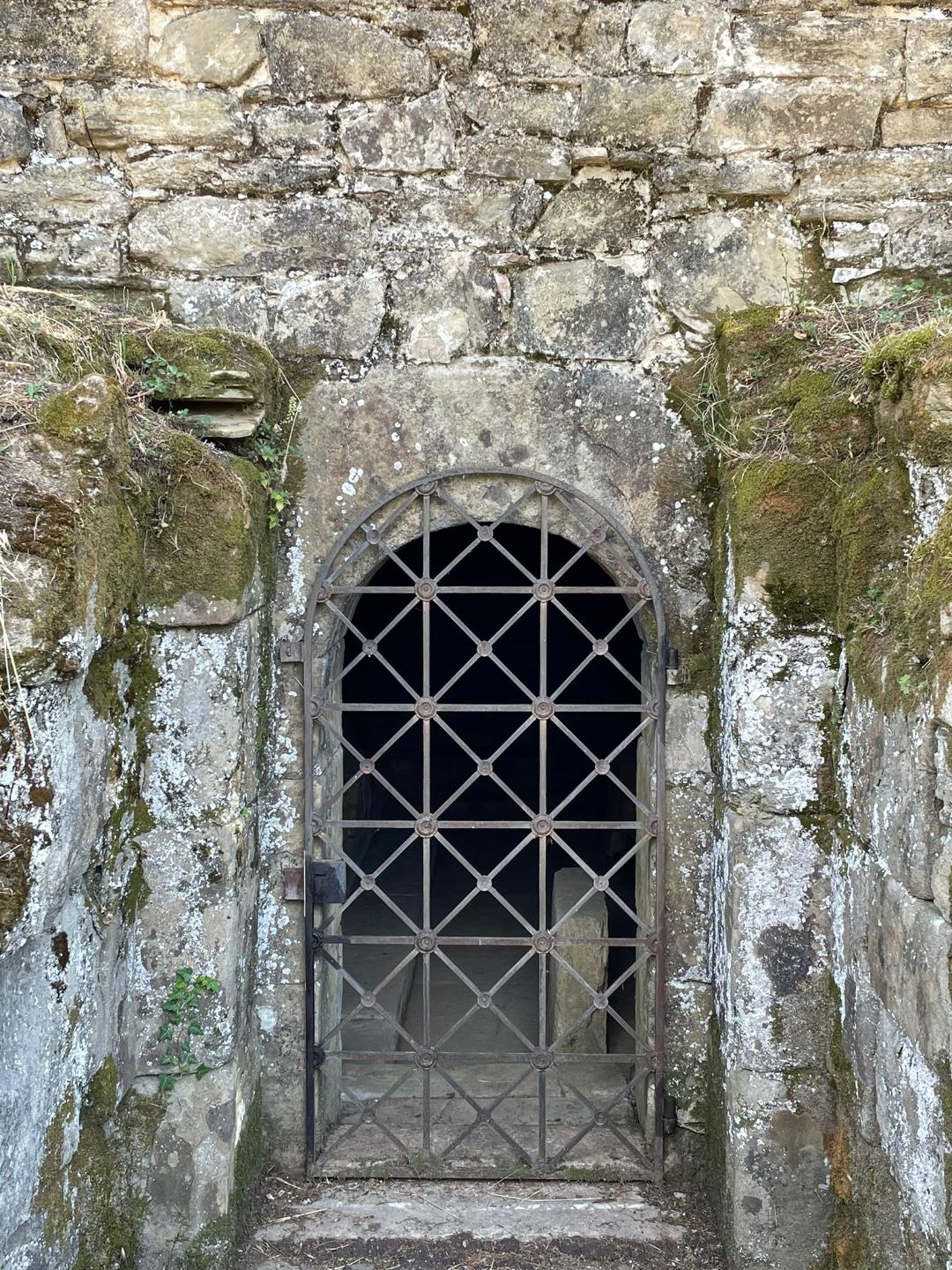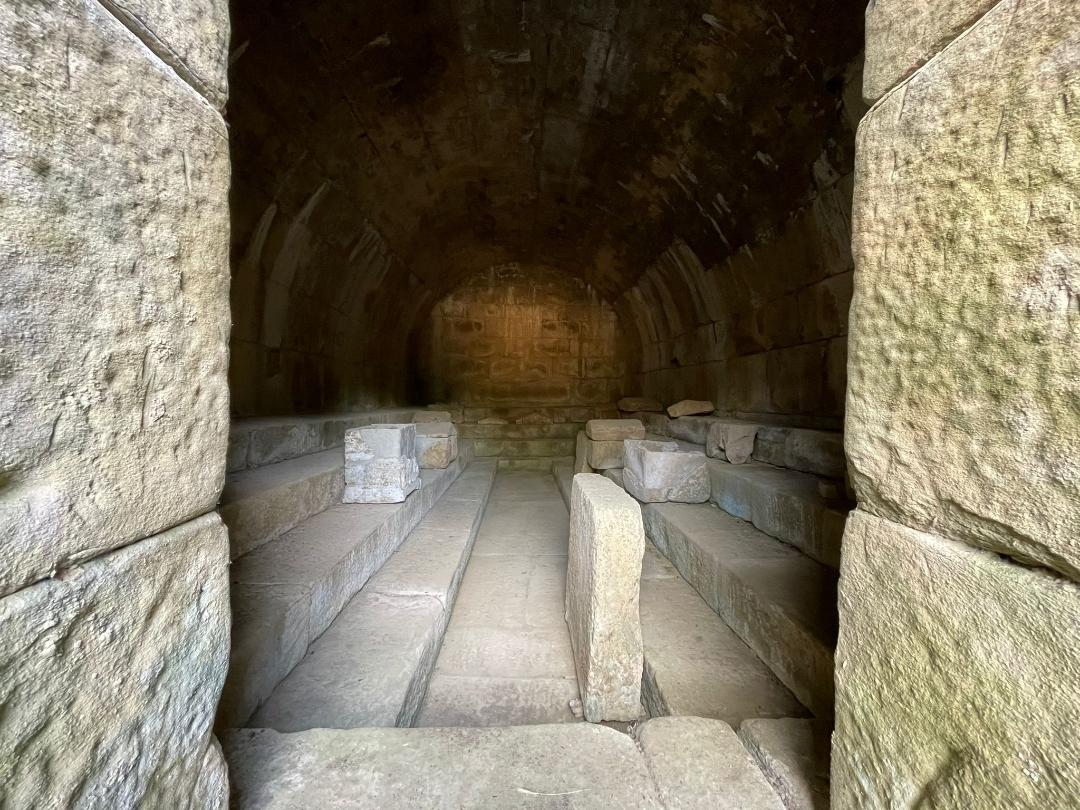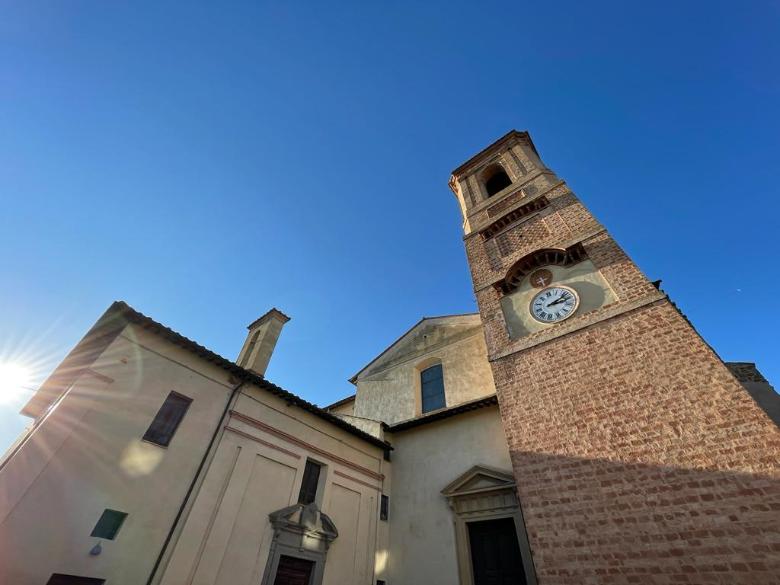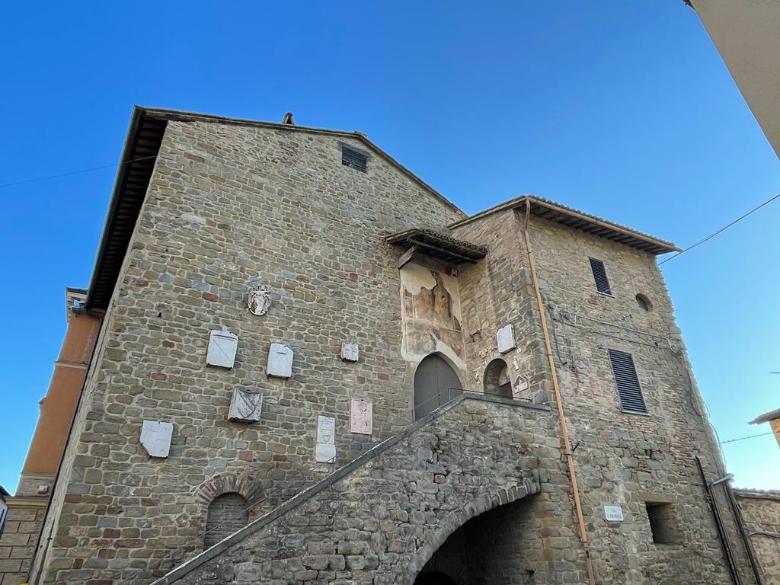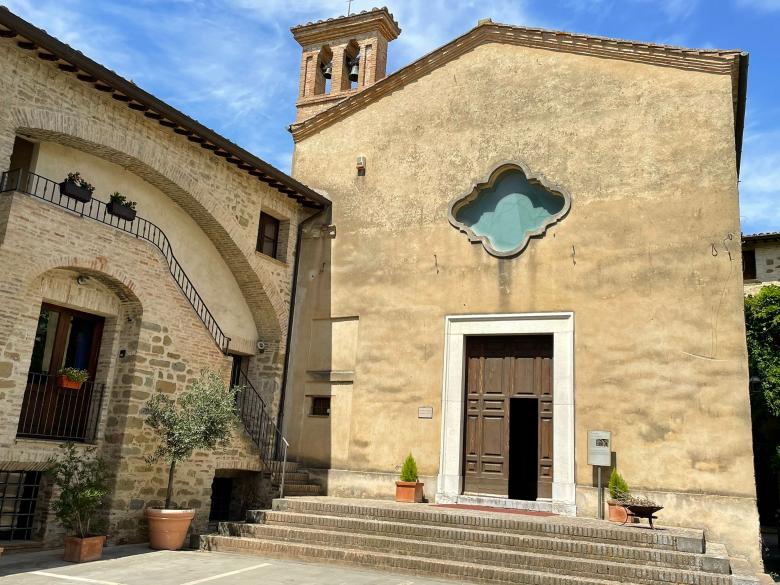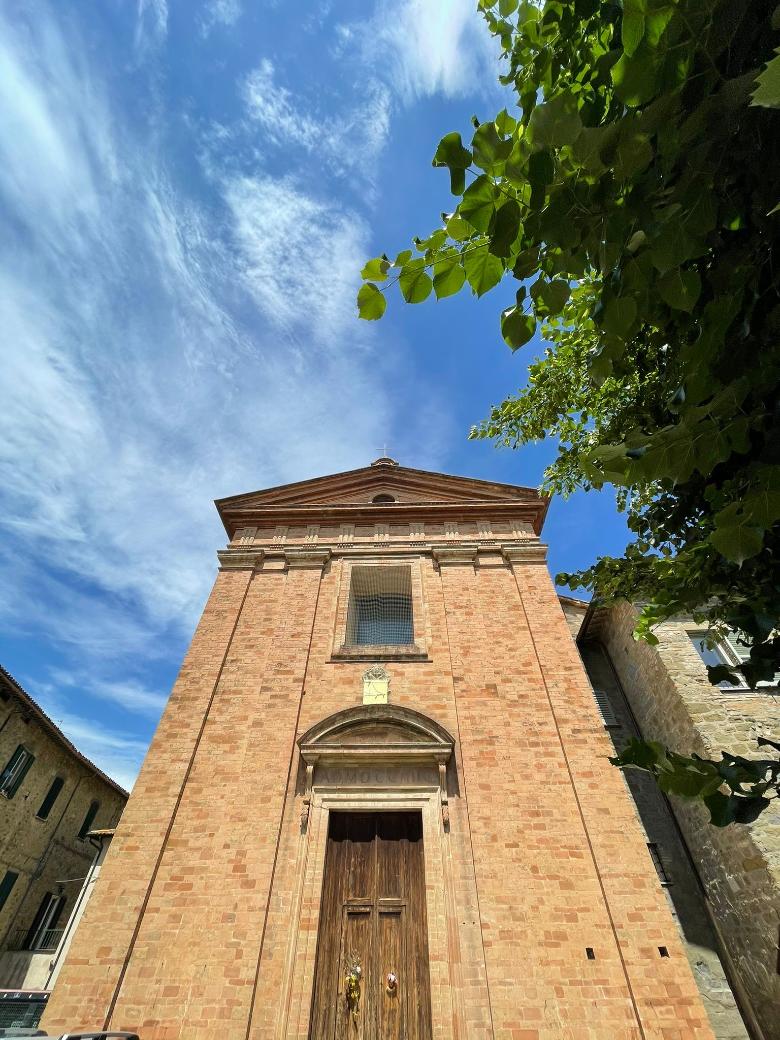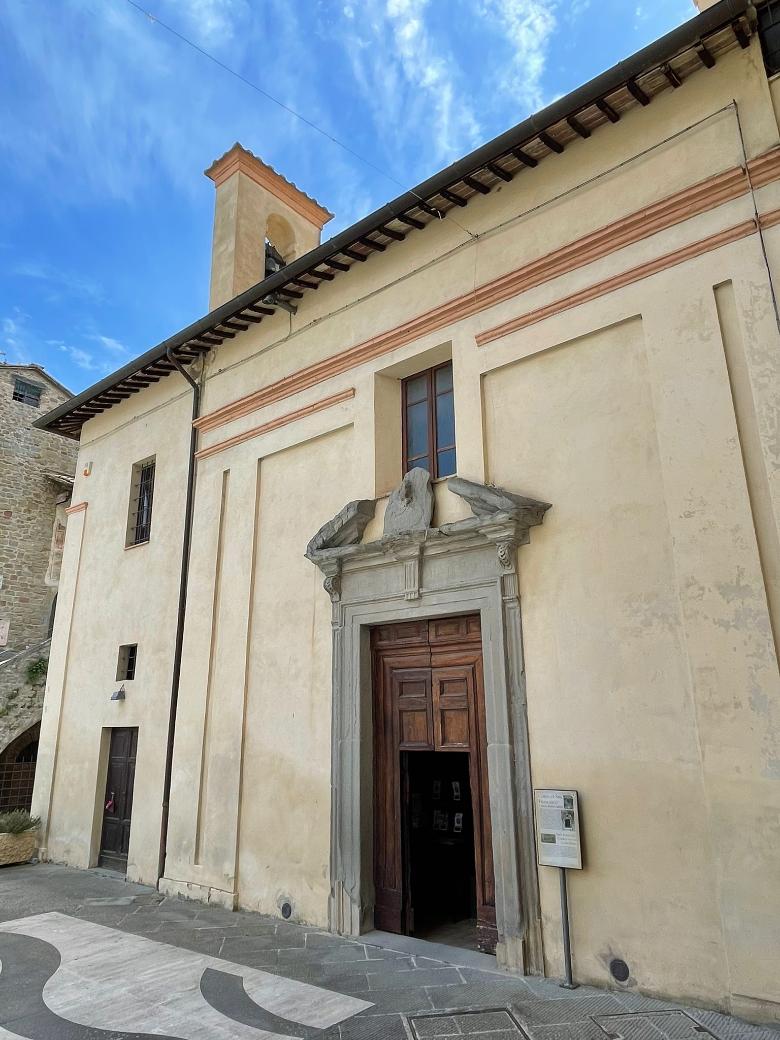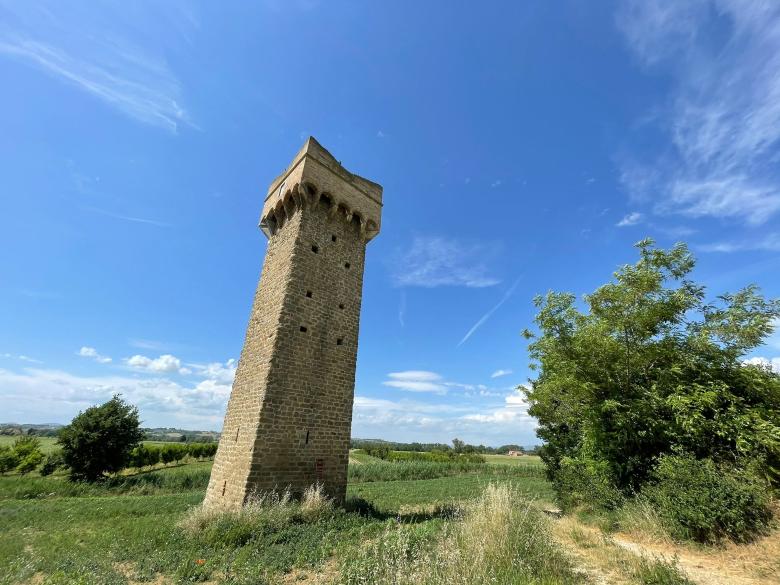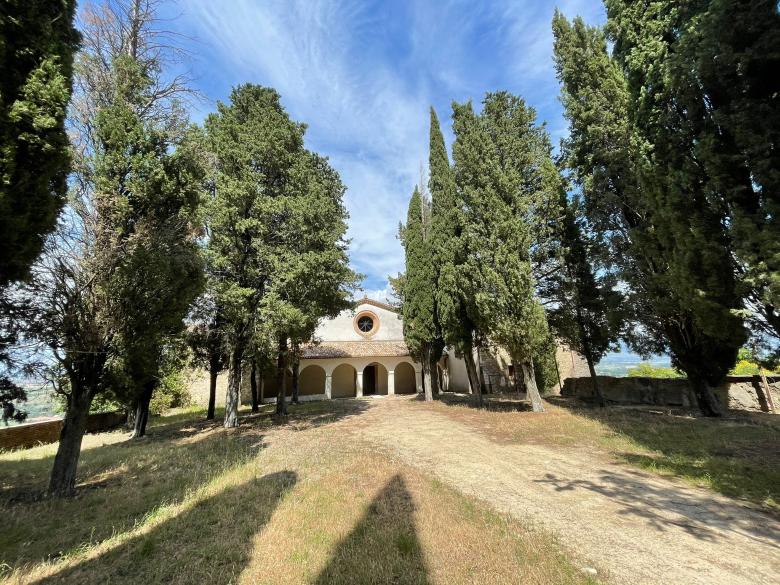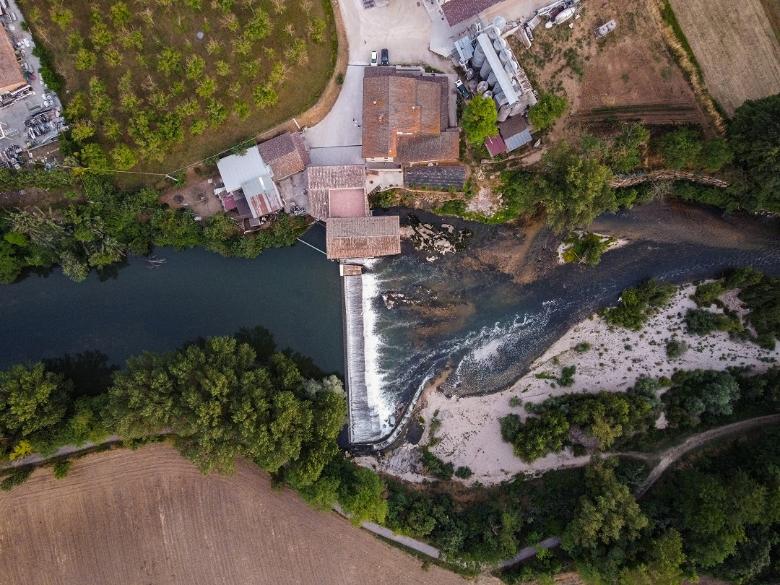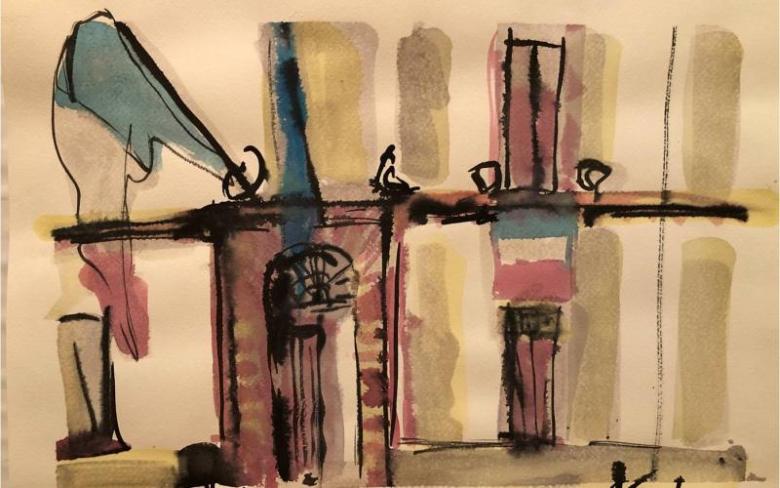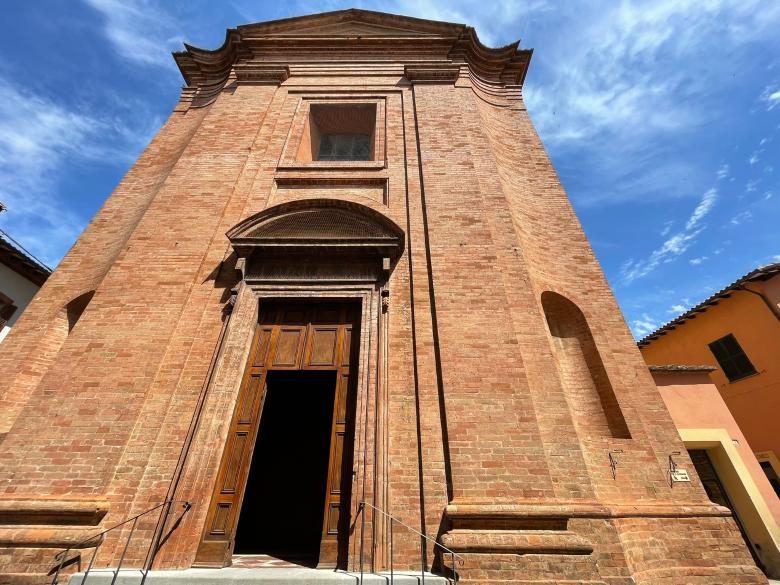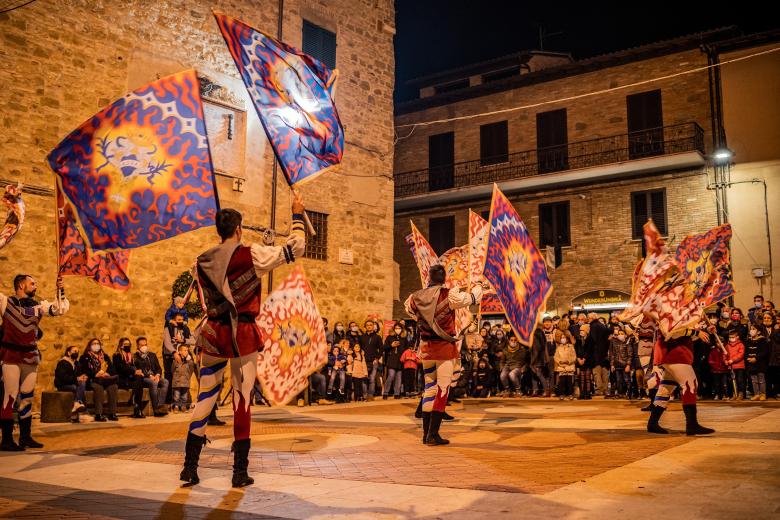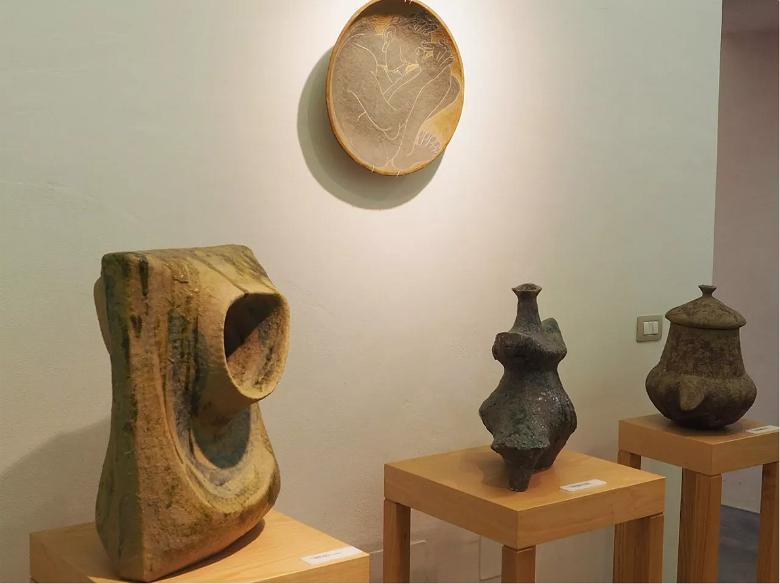Etruscan Tomb - Bettona
This Etruscan tomb can be found along the Via Etrusca, a road that connects the towns of Torgiano and Bettona. Not far from the actual center of Bettona, this large sepulchral chamber was discovered at the beginning of the twentieth century. It dates back to the end of the third century. BC and the beginning of the second century. B.C.
A short open-air corridor (dromos) leads to the door of the chamber which was originally made up of two travertine slabs fitted with hinges, while the two steps which allow access to the sepulchral chamber are of original origin. The entrance is round-arched with a high arched architrave of an irregular profile. Beyond this one enters into a single room whose roof consists of a barrel vault, made with regular stone blocks arranged in rows in the direction of the depth of the tomb, to form a perfect semicircle. Immediately before the entrance threshold, a hole for the outflow of water is visible, and there is yet another corresponding one in the first slab of the floor level. Both were used to convey water to an underground collection compartment, located at the entrance.
The tomb is made of square sandstone (7.86 x 4.25 m) and along the side walls and the back wall there are four stepped platforms for the deposition of the cinerary urns and the burial artifacts of the dead.
At the time of discovery, as mentioned at the beginning of the 1900s, the tomb was already violated and tampered with. The roof was collapsed and most of the blocks had been removed at the entrance. The cinerary urns and the burial artifacts were present in an upset position, without apparent connection between the individual elements and their various depositions. For safety reasons, only a few fragments of the urns and lids were left inside the actual tomb, scattered on the platforms, while the recovered burial artifacts are kept at the National Archaeological Museum of Perugia. Among these, there are some noteworthy feminine ornaments, jewels in gold and semiprecious stones, as well as bracelets in glass paste. There are also refined glass goblets of probable oriental origin. Among various bronze objects are some elements relating to a casket and a small plate with an inscription perhaps engraved with an awl, bearing the noble name of Voisius, revealing the Umbrian lineage to which it belongs. Among the items recovered there are gold jewels and coins that date between the end of the III and the beginning of the II century BC.
With the help of such artifacts it was possible to hypothesize a continuity of use of the tomb from the middle of the III to the I sec. A.D The last deposition, which may have occurred after the tomb was abandoned, dates back to the beginning of the 1st century. AD and is documented by a latin epigraph mentioning a municipal magistrate from Vettona who held the important office of praetor Etruriae, priesthood of the reconstituted league of Etruscan cities.
